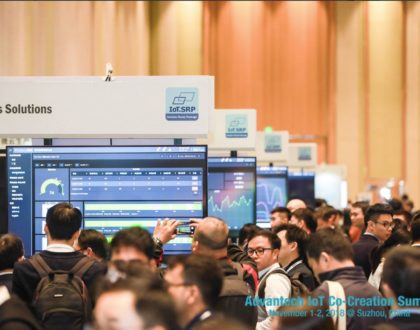Making Sense of Standards – IP, NEMA, Ruggedized devices, Industrial Ethernet (IE) and Network Equipment
Some network equipment must be installed in harsh environments, such as oil and gas, hazardous environments, military applications or extreme temperatures. Standard network equipment falls into the 0-50°C standard temperature range and is typically installed in controlled environments.
If the equipment is going to be installed in harsh environs, there are a number of choices: find products which are ruggedized, meet IE ( the Industrial Ethernet category), find products that meet IP ratings, or use standard equipment and install it into NEMAs. The type of environment will dictate what the choice of equipment has to be.
Ruggedized network equipment is typically expensive due to the types of components used, to meet the required standards ( IEC 61850-3, IEEE 1613, NEMA TS 2 for example), and is often three times the price of the 0-50°C devices. The products will not only have extended temperature components, but conformal coating (a material applied to the circuitry as a protection against moisture, dust, temperature and chemicals). The chassis casing will be a sturdy sheet metal and the entire product will be shock and vibration resistant.
Industrial Ethernet, labeled as IE, indicates that a product will offer extended temperature and good ventilation on reliable sheet metal housing. Typically an IE product will have a Terminal Block (TB) for DC wiring, which is the usual type of power provided for an IE network device. Whether the products meet other requirements for shock and vibration can be a gray area.
IP ratings are a classification system that indicate the degrees of protection from solid objects and liquids, and is applicable to products meeting those standards. Identified by a two-digit number, the first number indicates protection against solid objects, the second number is for protection against liquids. Each number supports a different kind of protection. Let’s take an example of a product with an IP 67 rating. 6 is protection from dust. 7 is protection against the effects of immersion in water to a depth between 15 cm and 1 meter.
NEMA standards apply to enclosures and cabinets used to house electronic equipment; most enclosures are for indoor environments, but some are available for outdoor use. NEMA standards are somewhat different than UL (Underwriters’ Labs) standards too. The key difference is that NEMA does not require third-party testing and leaves compliance up to the manufacturer. The NEMA and Type 12standard is meaningful, in that the enclosure must undergo substantial testing, mainly for dust and water, just as the IP ratings do. [UL takes it one step further and inspects enclosure manufacturing facilities as well as field sites to ensure adherence to the guidelines.] Another important consideration for products being installed into enclosures is ventilation; extreme cold or heat will impact the performance of network equipment, and often fans for cooling or heat within the enclosure have to be added.
NEMA ratings are categorized by a single number from 1 to 13. Although there is no exact translation for every category of IP ratings to NEMA ratings, here are a couple of examples:
IP10 to NEMA 1: enclosure for indoor use only and providing a degree of protection against incidental contact and falling dirt. In other words, a network device may have an IP rating, and if not, can be installed in a NEMA enclosure meeting a similar standard.
IP54 to NEMA 3S: enclosures constructed for indoor or outdoor use, to provide a degree of protection against incidental contact, falling dirt, rain, snow, ice.
The bottom line is that a network device is designed to meet certain requirements based on the environment, but may be installed in a different environmental application other than its original intent. It’s useful to know that there are some similarities across standards that can allow a work-around solution. Ultimately the customer may not approve the alternative solutions you provide, but at least you have the information to provide him those choices.
Recommended Posts

Co-Creation, Paving the Way to a More Connected Future
November 27, 2018

The Benefits of a ‘Do It For Me’ Mentality in the IIoT
October 5, 2018

Why You Need to ‘Mind the Gap’ in Manufacturing Technology
August 31, 2018
